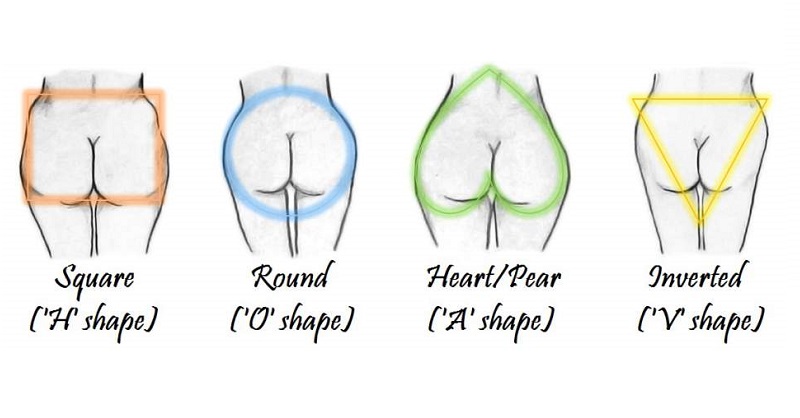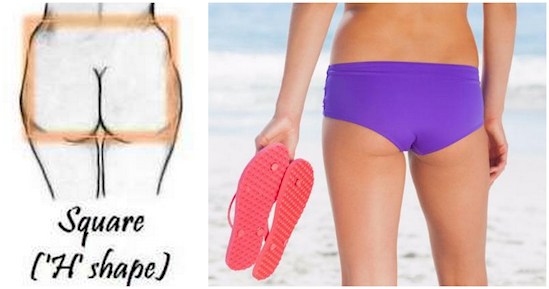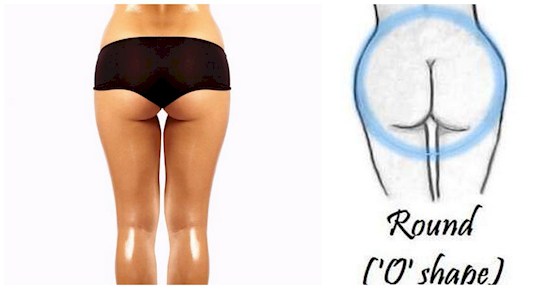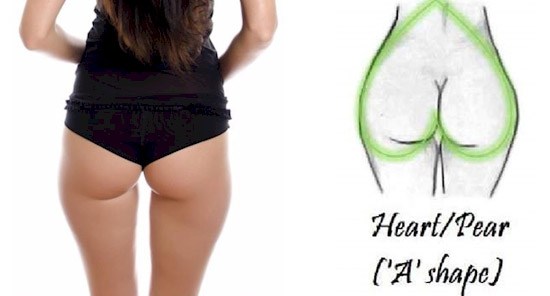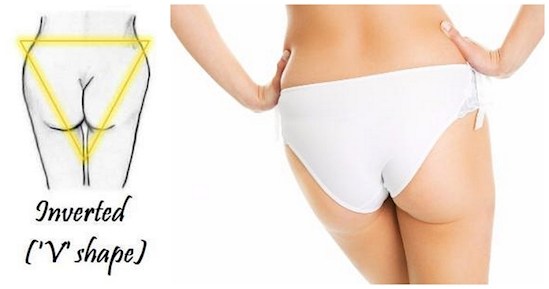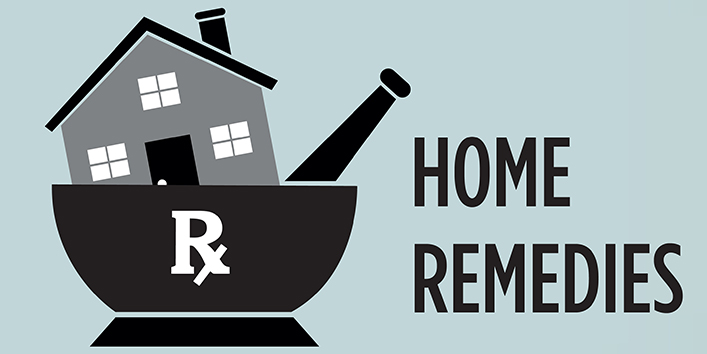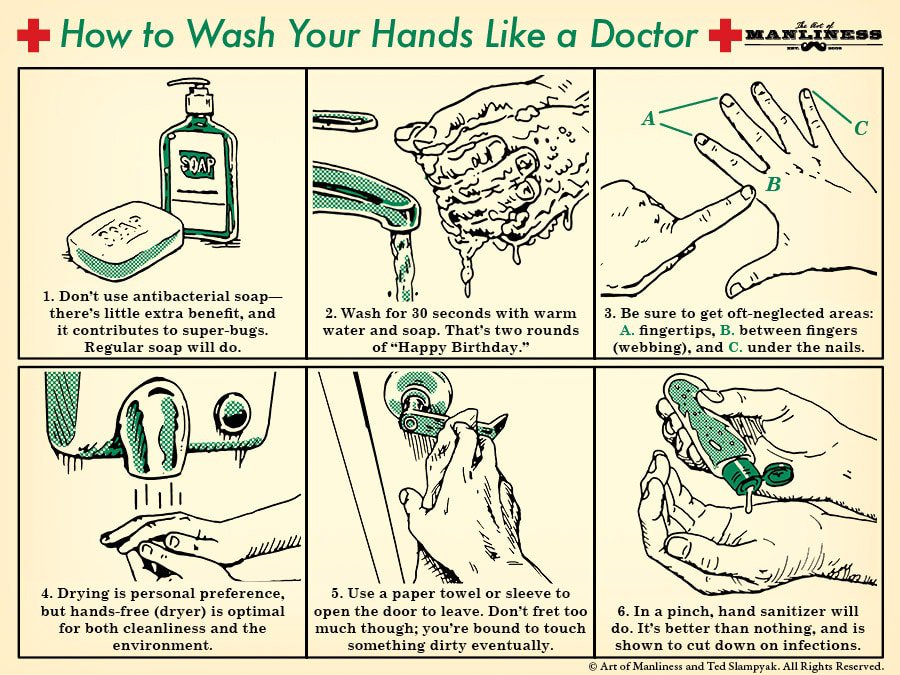Home Remedies Our Grandparents Shared With Us That Actually Work
10 unorthodox home remedies our grandparents shared with us that actually work
Modern science has gotten us to the point of utilizing various chemicals to cure nearly everything, but back in the day, people were using home remedies to fix some common bodily issues. Surprisingly, a lot of these actually treat issues!
From spider bites to chapped lips, we’ve listed 10 DIY remedies that have actually been proven to work.
1) Use a potato for a spider bite
This one easily might be one of the weirdest things we’ve read about, but multiple sites note that this actually works! Take a slice of a potato, place it on the bite, and hold it with medical tape. You’ll need to change that every few hours until the bite subsides.
2) Vodka soak for foot odor
Vodka was used back in the day to help with foot odor. Just soak your feet into vodka and wipe them with a towel afterwards. Rubbing alcohol also apparently works great just as well!
3) Yogurt for your breath
Yogurt is apparently great for preventing bad breath. Probiotics in the yogurt fight the bacteria that causes bad breath. Prevention.com also notes gargling with lemon juice can also help fight bad breath.
4) Olives for motion sickness
Have a problem with motion sickness? Try some olives. Olives contain tannins, a compound that helps dry out the mouth and ease queasiness.
5) Sugar for hiccups
If you’ve got hiccups that just won’t quit, consider taking a teaspoon of sugar for relief. Supposedly, the dry granules stimulate and help resets the nerves that are making your diaphram spasm.
6) Olive Oil for chapped lips
This one makes a lot of sense, and we’re definitely going to try this one out. Just simply rub some oil onto your lips when they are chapped. It should feel instantaneously better, even if it takes a few days for it to fix itself naturally. Use olive oil
7) Black Tea for puffy eyes
Black tea also contains tannins, which deflates and tightens the bags under eyes. Put the teabag
8) Cure nausea with ginger chips
Frozen ginger chips can help with nausea. To make these chips, infuse fresh ginger in hot water, and then strain and freeze water in ice cube trays. Suck on these ice chips throughout the day to ease any issues with nausea.
9) Use a pencil to fix headaches
A lot of our headaches can stem from us subconsciously clenching our jaws through the day. To treat this headache, place a pencil in between your teeth to relax your jaw.
10) Dark chocolate to stifle coughs
If you’re trying to settle your coughing, think about snacking on dark chocolate. It contains a compound called theobromine that’s reportedly better than codeine in suppressing coughs, without the drowsiness attached!
Of course, with all of the advances in science, medicine will be massively important in our lives. However, there are little things we can do to ease everyday pains and annoyances, and all of these are tried and true methods of using noninvasive materials to help. Good luck!
How Do You Get Rid of Acne?
Most of us have dealt with acne during puberty, or maybe even after that. You probably wanted to pop or pick them in order to remove them, but don’t do that! Learn more about acne and learn how to get rid of it more appropriately!
Enjoy!
Zits are annoying and they tend to pop up at the absolute worst time. Before you try to pop them, though, check out this video for some better ways to get rid of acne.
This video from SciShow explains how zits are formed when bacteria collect in the pores of your skin and create tiny infections. While popping a zit is an attractive short term solution, this can spread the infection to the surrounding area of your skin. That’s likely to make the overall problem worse.
Instead, the video suggests that acne treatments that prevent bacterial growth and lower inflammation. You can use over the counter topical treatments on your skin to help reduce acne overall. In severe cases of acne, you may want to look into prescription treatments.
How To Of The Day: How To Wash Your Hands Like A Doctor
You think you’re warding off disease, but if you don’t spend enough time washing your hands in the correct manner you’re fooling yourself.
Use the simple guide below to wash your hands like a doctor.
January has been the month of the cold that would not die at the McKay household. First one half of the family got sick, then the other, then the first half again. It was a downright pandemic around here. Productivity, morale, and my gains — my poor, poor gains! — have suffered greatly.
It’s gotten me thinking about how to better handle getting sick in the future, and how to prevent getting sick in the first place. When it comes to the latter, proper and regular hand-washing is one of the most important weapons in your cold and flu-fighting arsenal.
In the past I’ve admittedly been a short and sloppy washer. And I’m not alone; studies have shown that only 5% of people wash their hands correctly.
So we talked to Bryan Canterbury, ER doctor at Newton-Wellesley Hospital in Newton, MA, to get his tips on how to wash thoroughly like a right-old medical professional. His doctor-endorsed guide is above.
According to the CDC, you should wash your hands:
- Before, during, and after preparing food
- Before eating food
- Before and after caring for someone who is sick
- Before and after treating a cut or wound
- After using the toilet
- After changing diapers or cleaning up a child who has used the toilet
- After blowing your nose, coughing, or sneezing
- After touching an animal, animal feed, or animal waste
- After handling pet food or pet treats
- After touching garbage
Skip the antibacterial soap; it’s not only no more effective at getting rid of germs than regular soap, it may lead to the development of resistant strains of bacteria (i.e., the “super bug”). The antibacterial label also tends to make people careless about washing their hands the right way, figuring the soap will take care of the germs itself, which isn’t the case.
Hand sanitizer will work in a pinch — use a big glob, make sure it’s at least 60% alcohol, and rub it over every surface of your hands. Sanitizer’s not a good choice when you’ve got actual grime on your hands, and it doesn’t kill all germs, but it’s almost as effective as hand washing. It won’t lead to super bug-dom, either; hand sanitizer breaks down bacteria in a different way than the anti-microbials in antibacterial soap do. Here’s how Dr. Canterbury recommends using sanitizer:
“In the hospital, we use hand-sanitizer in-out of each patient room. But we are told to soap-and-water after the bathroom and before/after meals and when hands are visibly dirty — and I think that’s great minimum criteria throughout the day no matter your work/life setting; more if possible to prevent catching a cold, flu, pneumonia — or worse.”
There you go, how to wash (or sanitize) your hands like a doc. Until next time, keep your noses, and your hands clean.
Habits Of People Who Always Stay Fit
A series of intensive gym visits or a summer fitness program can have great short-term effects for your health and well-being, but to make meaningful long-term improvements you may be better off integrating small changes to your daily routine. Adjusting the way you eat, work and rest — rather than concentrating on a fad diet or short-lived burst of workouts — can be the best way to sustain your new healthy outlook, so staying fit becomes a matter of fine-tuning your lifestyle, from breakfast until bedtime.
In fact, even before you prepare that healthy morning meal (ideally one quarter protein, one quarter carbs and the rest fruit or veg) you can set the tone for the day by getting up early to meditate or exercise. It has been shown that early-risers are more pro-active in general — although whether they get up because they’re pro-active, or are pro-active because they’re early-risers, is still in question.
If you have one of those jobs that puts you behind a desk for the best hours of the day, it’s time to fight back: our bodies weren’t designed to sit staring at a computer screen for eight hours in a row, so mix things up by taking an hourly stroll around the office (boss permitting), taking an ‘active’ lunch break and stretch those muscles while you’re working.
